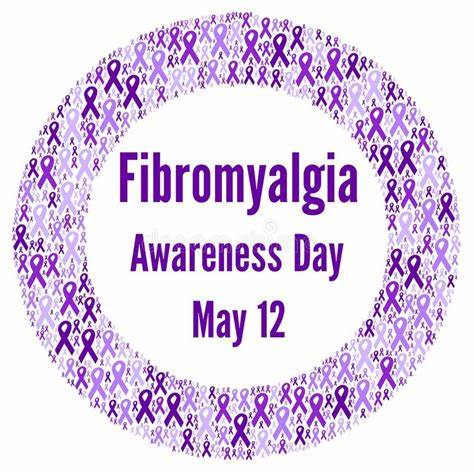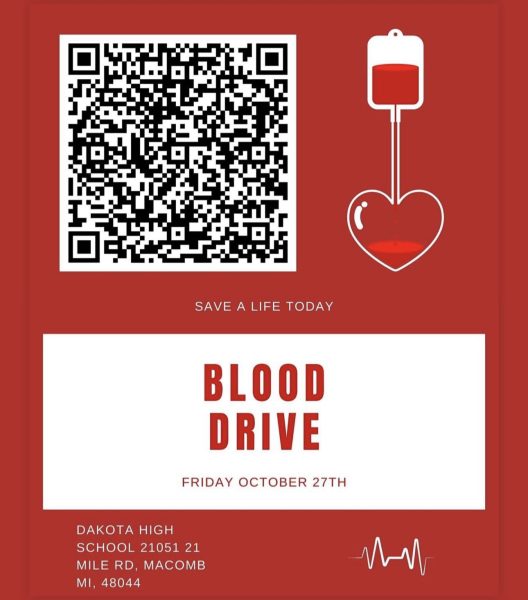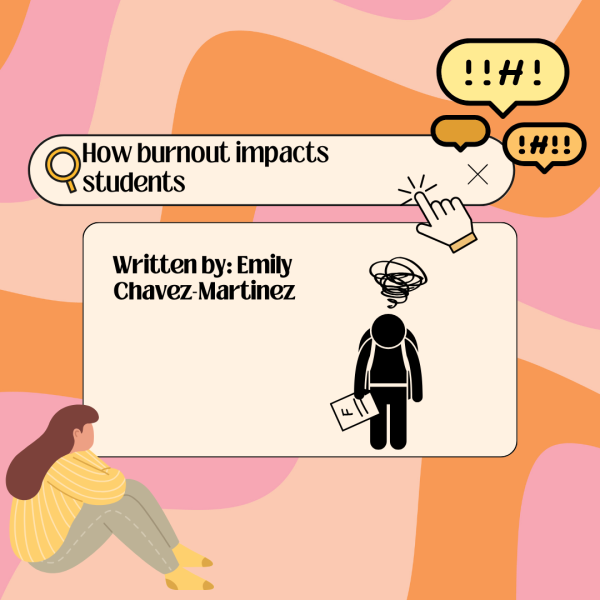National Fibromyalgia Awareness Day

This Friday, May 12th, is National Fibromyalgia Awareness Day! The entire month of May is considered Fibromyalgia Education and Awareness Month. Many people are uneducated on the condition and what it does- which is why May is a great chance to take the opportunity to inform others. In the United States alone, about four million adults suffer from fibromyalgia. That is right around 2 percent of all adults- one of those people being actor Morgan Freeman, who developed fibromyalgia around 2008. Another famous person with it is singer Lady Gaga. Many celebrities have spoken up about having the condition- but it affects everyday people too. Although it seems to only affect a small percentage of people, this does not mean it is not a big concern. Fibromyalgia is a disorder that affects the muscles and other soft tissue in the body; it causes many painful and life-hindering symptoms.
Fibromyalgia is tricky because there isn’t just one simple test to diagnose it like some other diseases. The symptoms of the disease share the symptoms of many others, like lyme disease and anemia, so it can be difficult to diagnose. Because there is not a test, the strategy of diagnosis is much like a process of elimination. Other conditions with similar symptoms must first be disqualified from the running before fibromyalgia can be diagnosed.
Technically, fibromyalgia is a type of arthritis. Arthritis is categorized as a condition with soreness and inflammation in the joints. Fibromyalgia often co-occurs with other types of arthritis, the most common being rheumatoid. The biggest difference between the two is that rheumatoid arthritis is an autoimmune disease- it leads to a person’s immune system targeting their joints. On the other hand, fibromyalgia is not a disease but rather a condition or disorder. Fibromyalgia also comes with other symptoms that don’t accompany rheumatoid arthritis.
The more common symptoms of fibromyalgia are as follows:
- Pain, tension, and general discomfort in the body
- Depression, anxiety, and emotional or mental distress
- Insomnia, trouble falling asleep and/or staying asleep
- Fatigue, somnolence (a state of strong desire for sleep, or sleeping for unusually long periods), and debility
- Difficulty concentrating, poor memory
The other, less common symptoms are:
- Stomach or digestive issues, abdominal discomfort
- Numbness and immobility of fingers, toes, hands, and feet
- Aching of the face, specifically the jaw
These symptoms can be managed, and their effects reduced through proper treatment. The goal of treatment is to manage symptoms, limit pain and discomfort, and overall ameliorate the quality of life.
One reason that fibromyalgia needs increased awareness is that nobody knows yet what the cause of it is, and there is no cure. Fibromyalgia is a life-long condition. Doctors have different opinions about risk factors and triggers that they think have a link to the condition. These include the following:
- Genetics
- Physical trauma
- Emotional trauma
- Gender (more commonly found in women)
- Pre-existing arthritis
- Stress
- Family history
There are a lot of ways that someone could potentially get fibromyalgia, but none of them are 100% confirmed. There is also no way to prevent it- how could it be prevented if it’s unknown how it happens in the first place? That’s not to say that doctors aren’t working hard trying to figure it out- there is estimated $12-14 billion spent every year in the United States on research for fibromyalgia.
And because there is no cure, patients with fibromyalgia instead make treatment plans with their doctors. These plans are made specific to the patient and their needs but hold a basic guideline. Most treatments involve therapy, physical and emotional. The physical part helps to increase strength in the muscles, while the emotional part can help manage stress and hopefully lessen the symptoms of anxiety and depression. There are several medications that a patient could be put on to reduce pain in the body as well. Patients may also speak to nutritionist about a diet that could help lessen symptoms of fibromyalgia- usually including a lot of greens and avoiding caffeine and dairy. So, although someone with fibromyalgia will have it for life, there are ways for them to minimize the effects of it as much as possible.
One way that people can help out during the awareness month for fibromyalgia is by donating to charities and spreading word about the need to research the condition further. You can also share resources to the people in your life that are suffering- The National Fibromyalgia Association has a website linked HERE full of resources to help people, as well as plenty more information about fibromyalgia in general.
Your donation will support the student journalists of Dakota High School. Your contribution will allow us to purchase equipment and cover our annual website hosting costs.

Madison Singer is a senior at Dakota High School. She is the president and founder of Dakota's Women's Empowerment Club, and the co-president of the CTC....









